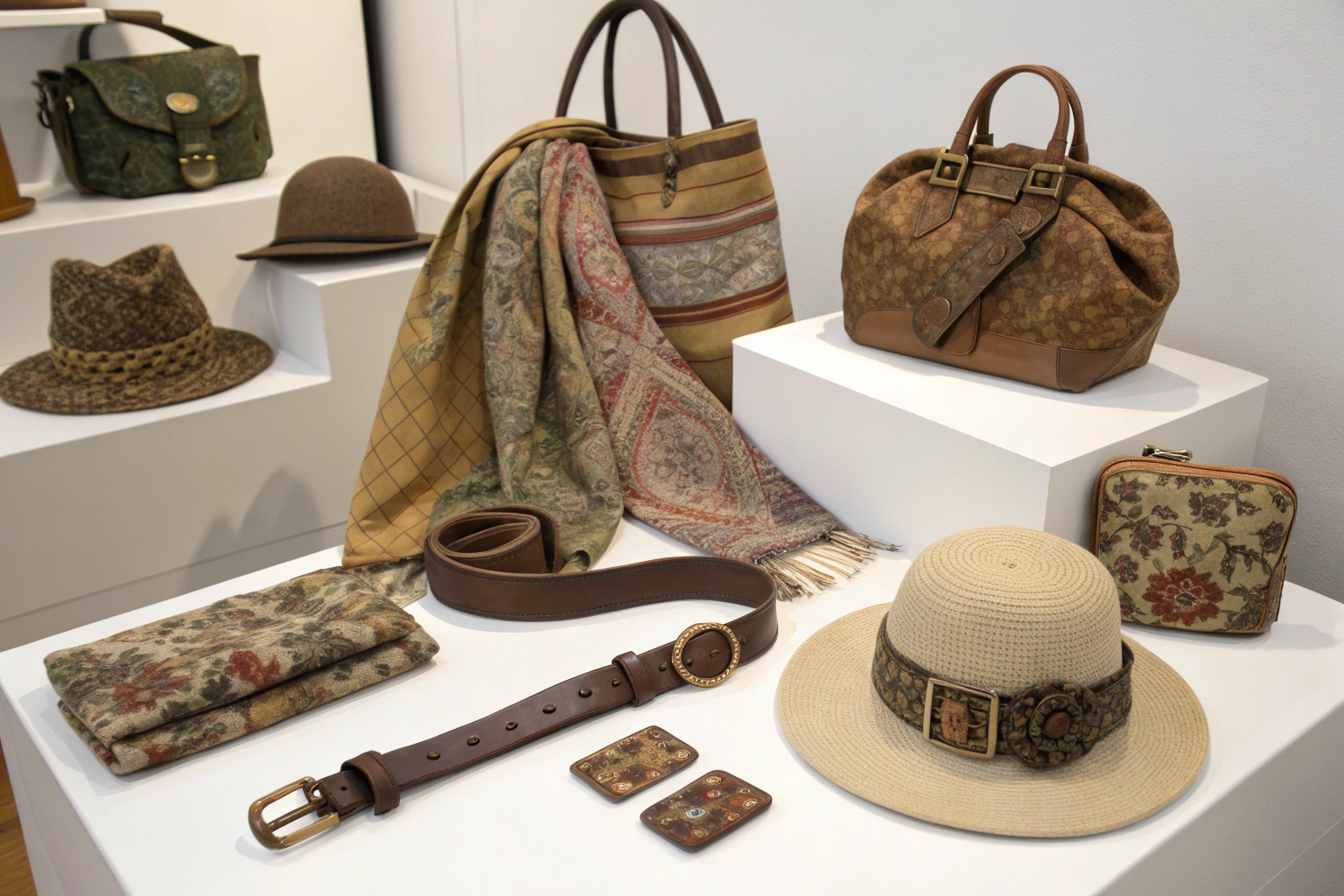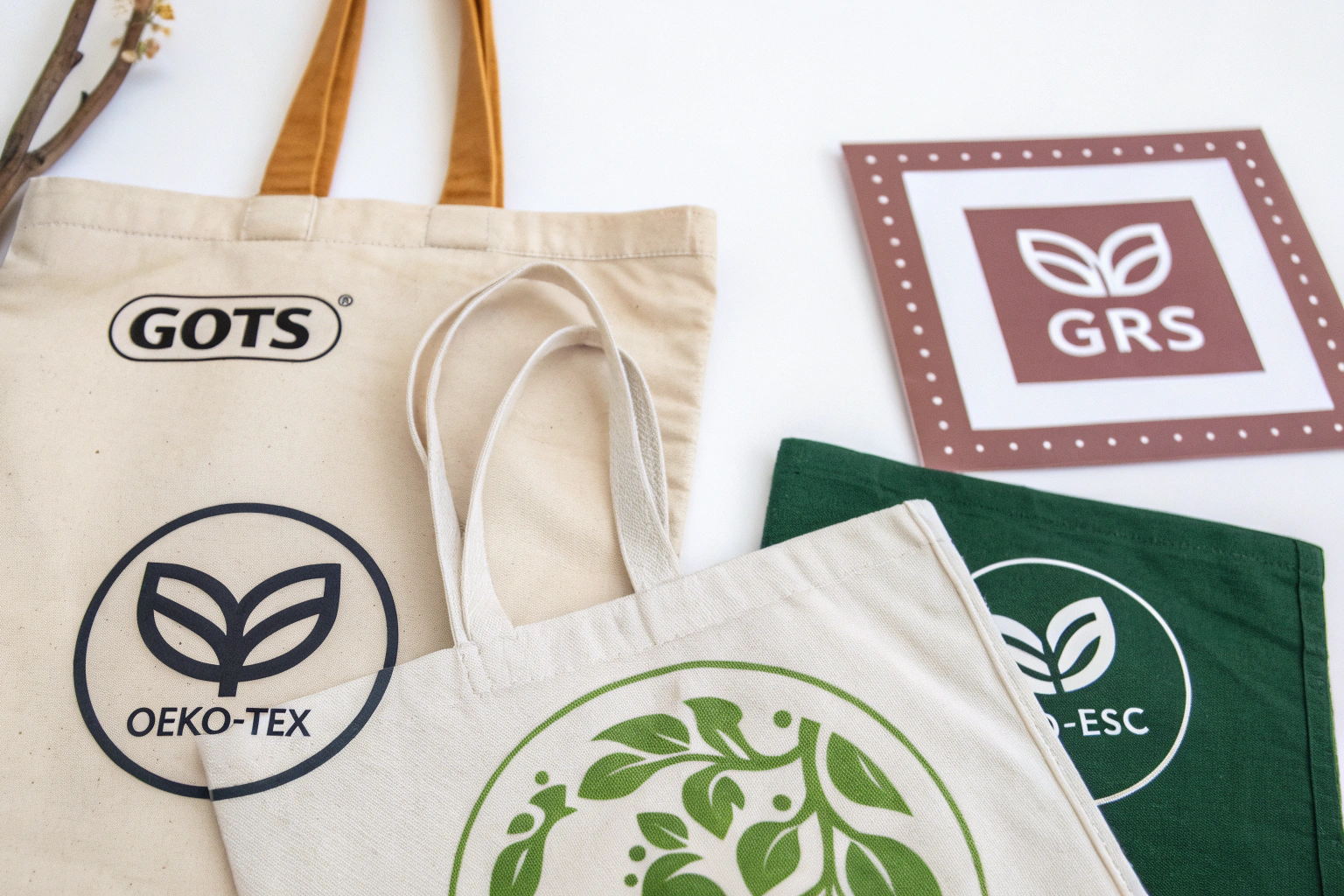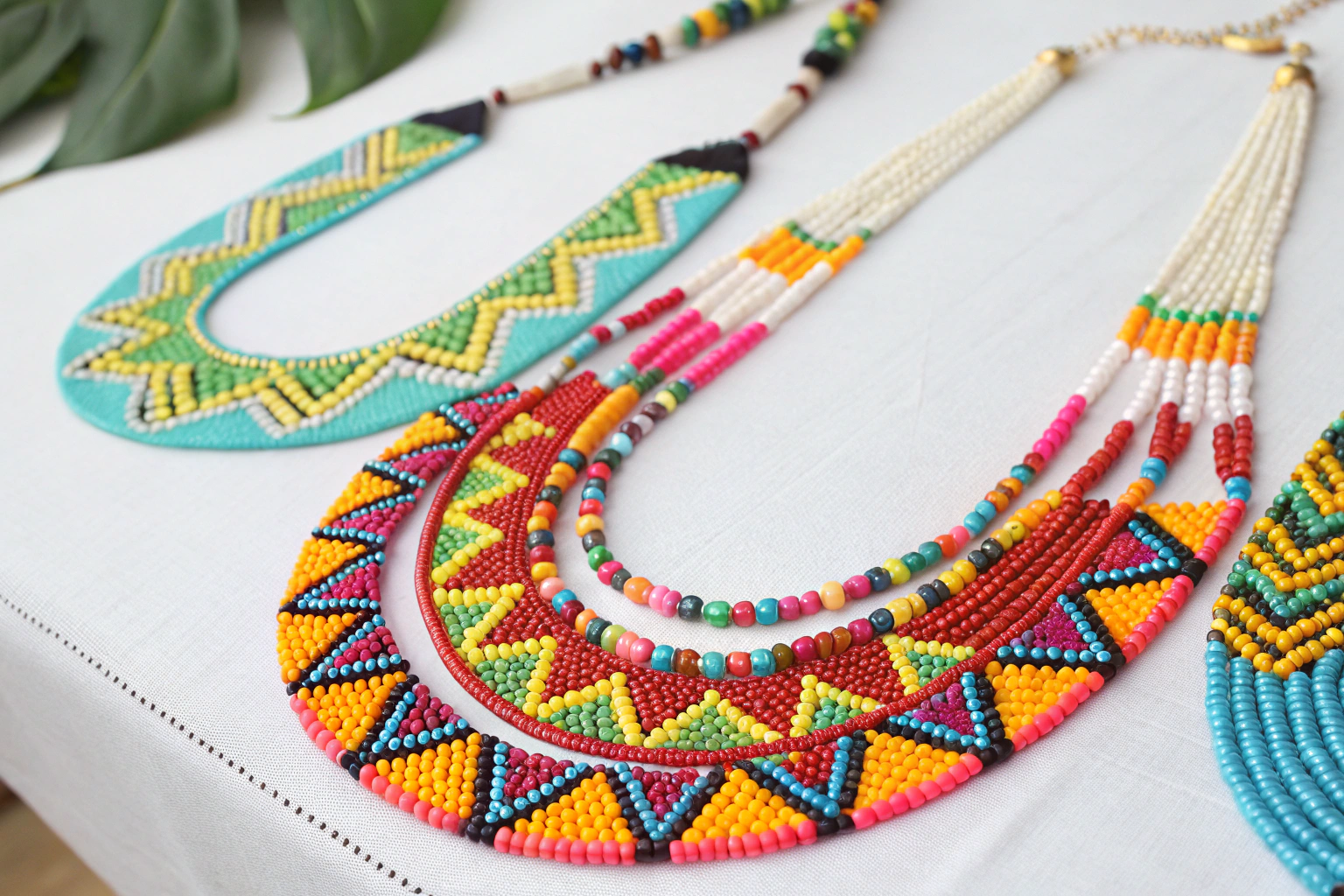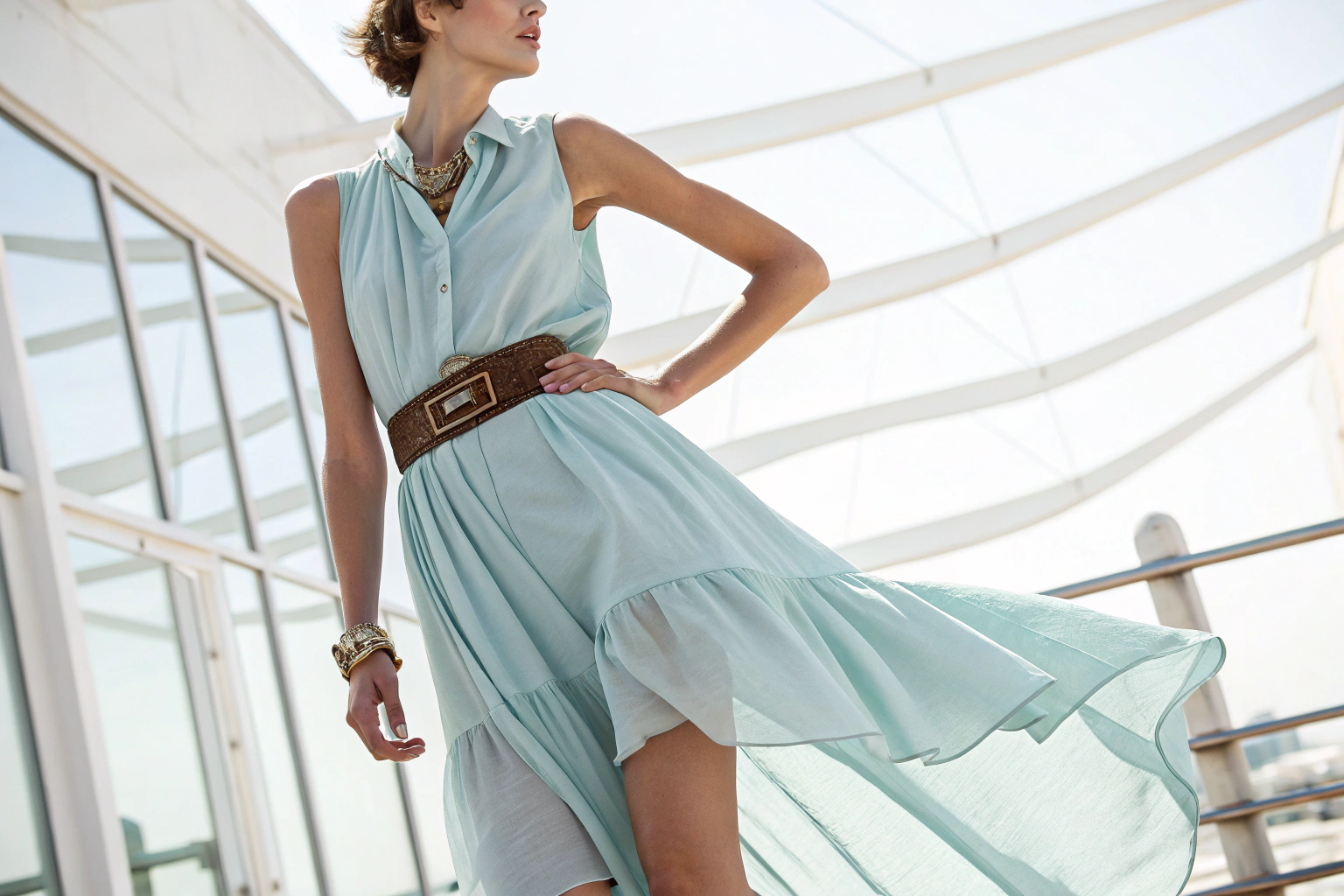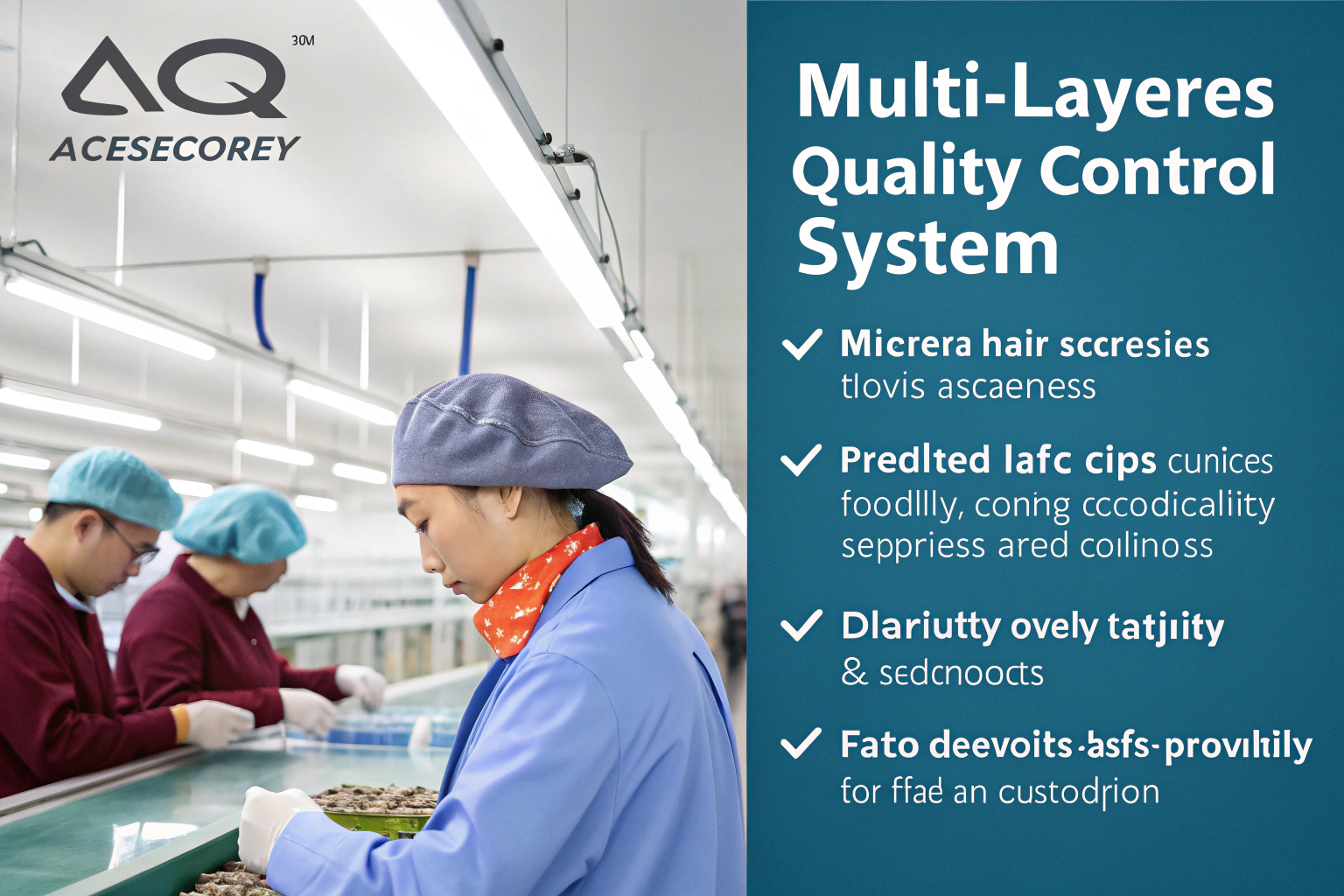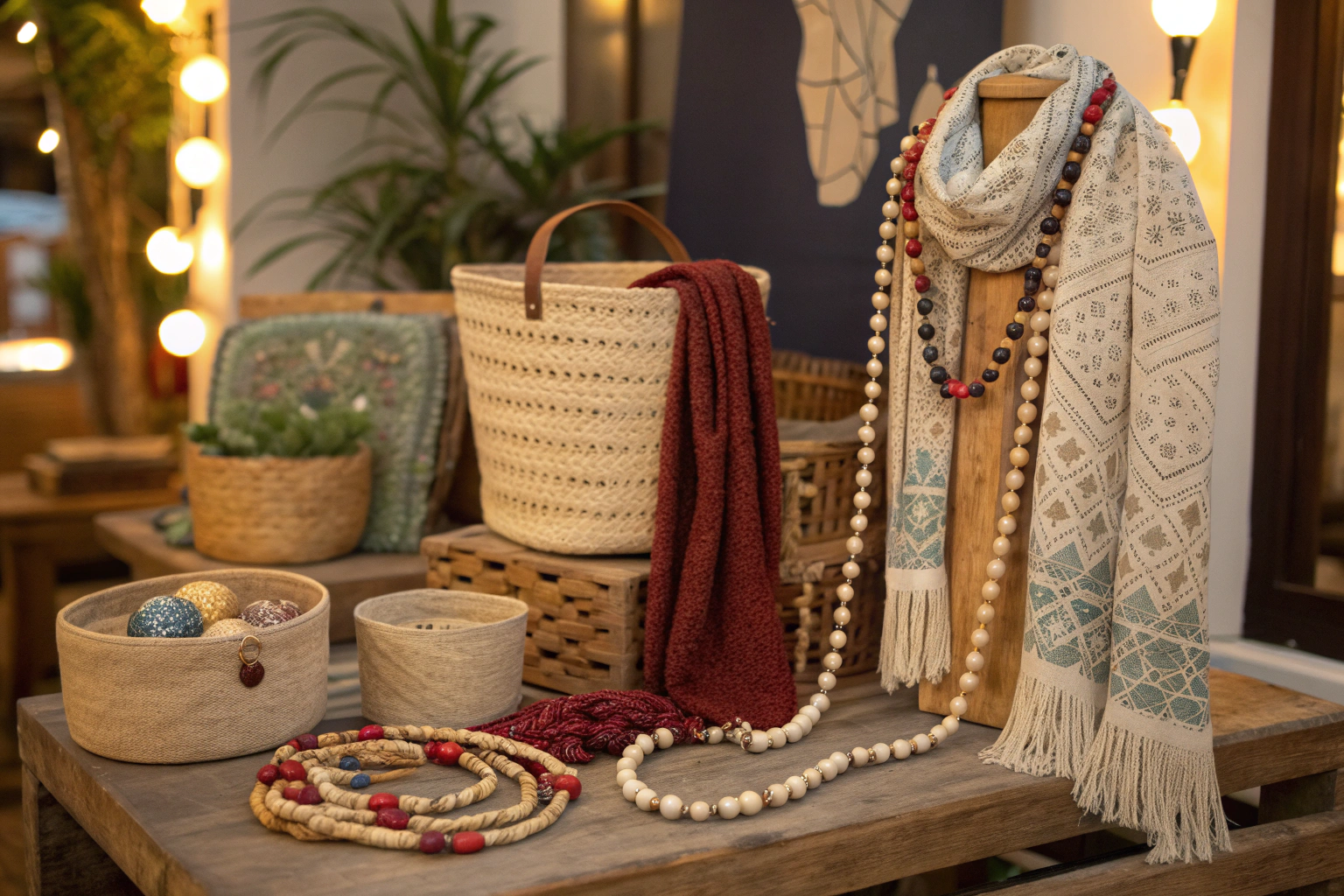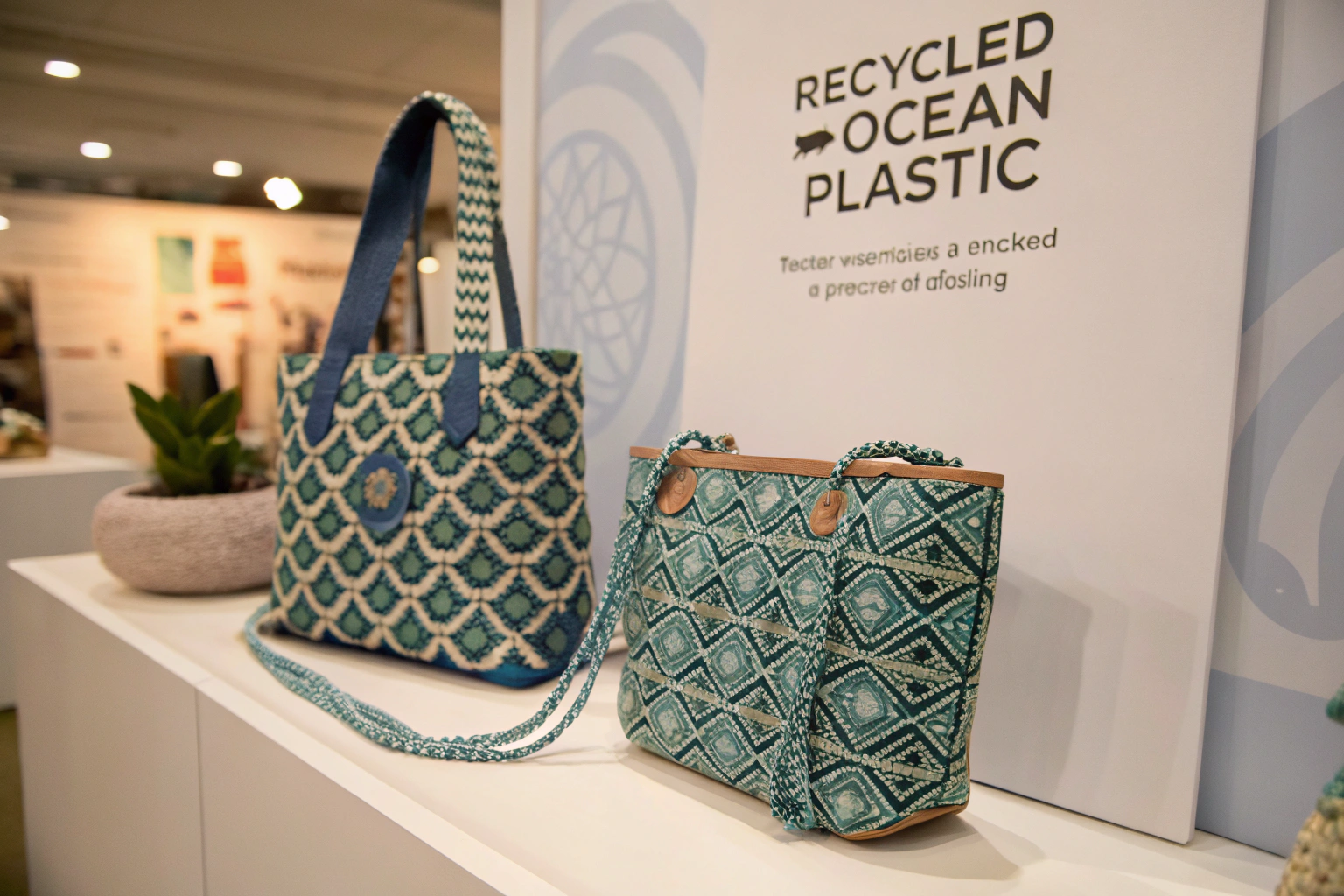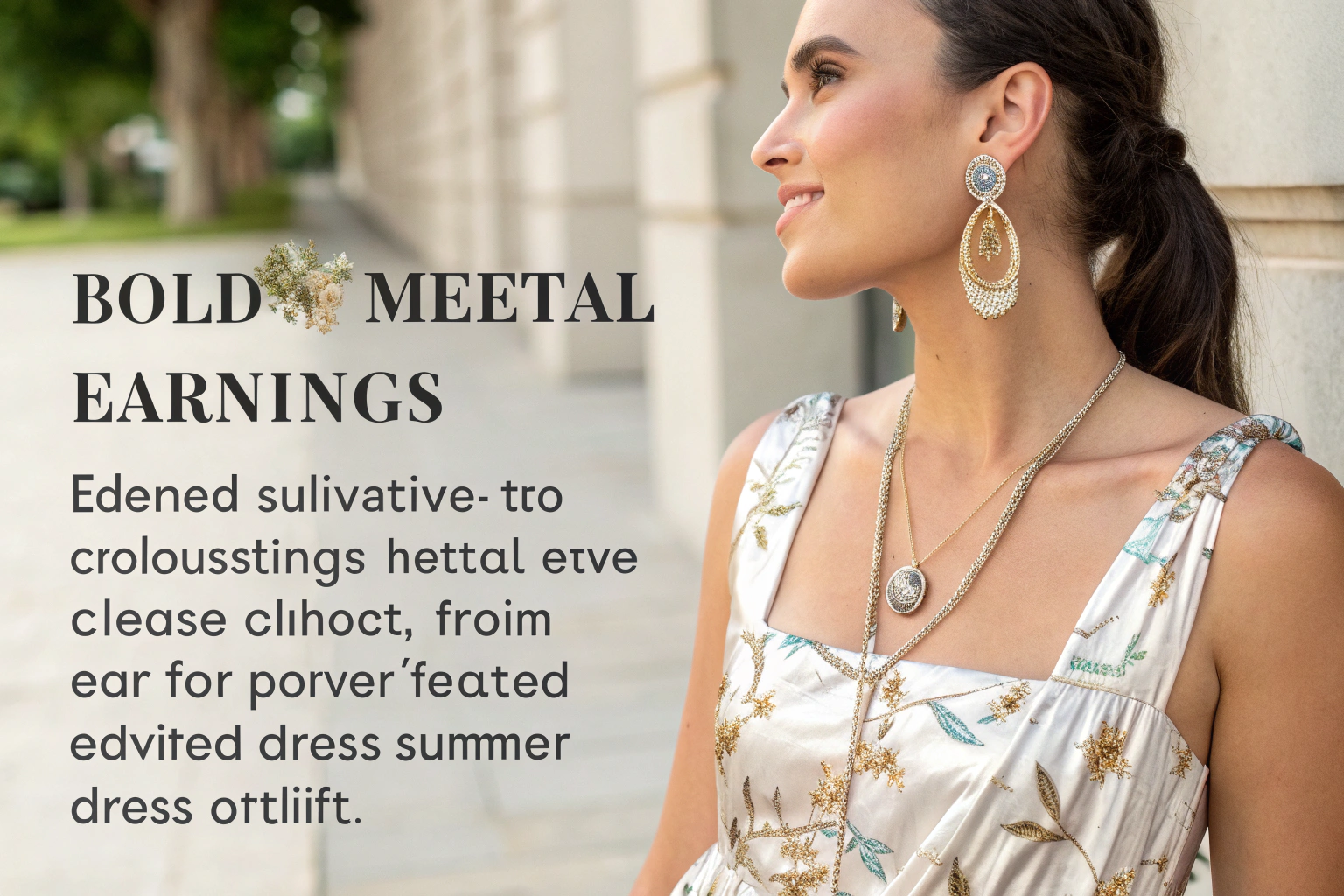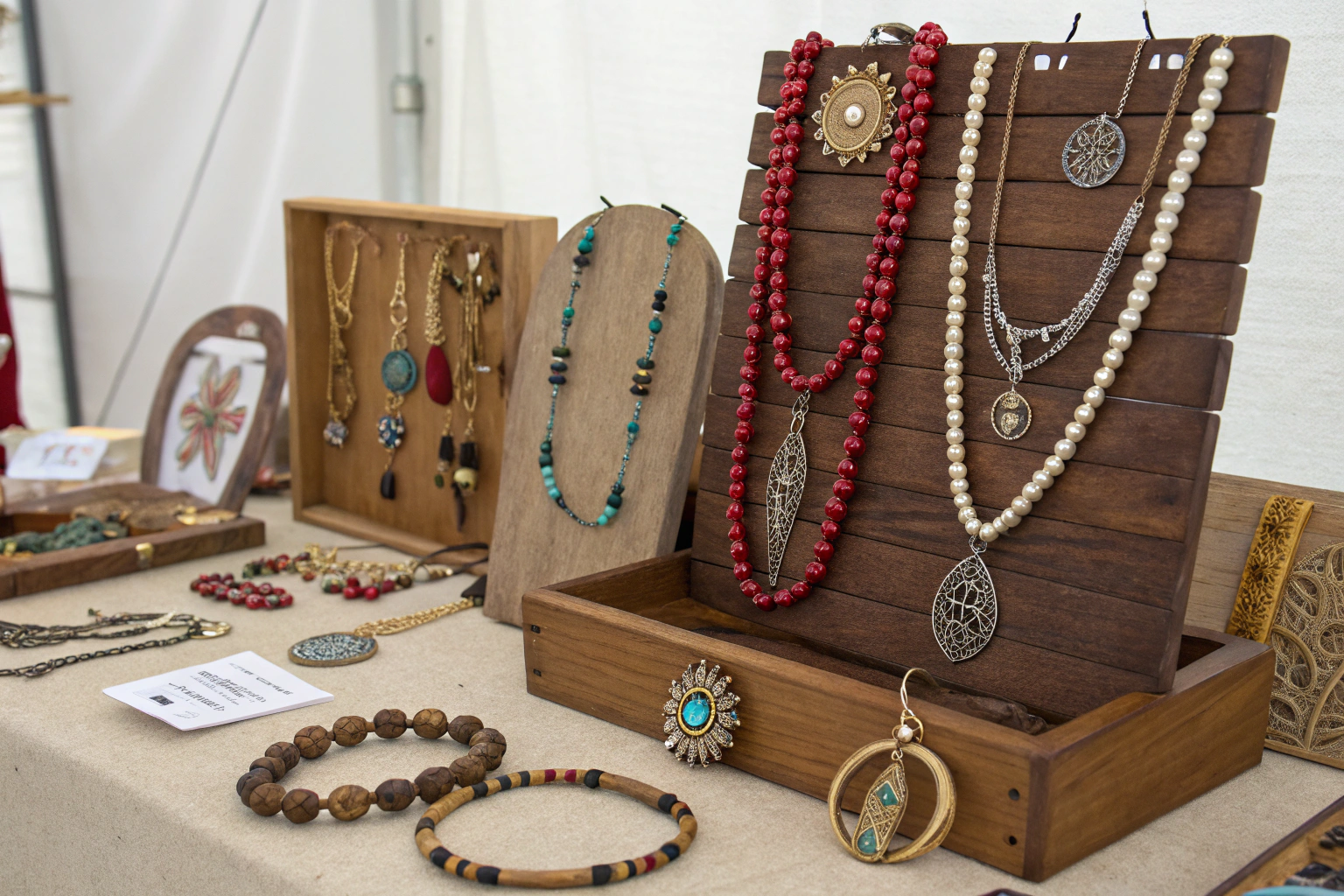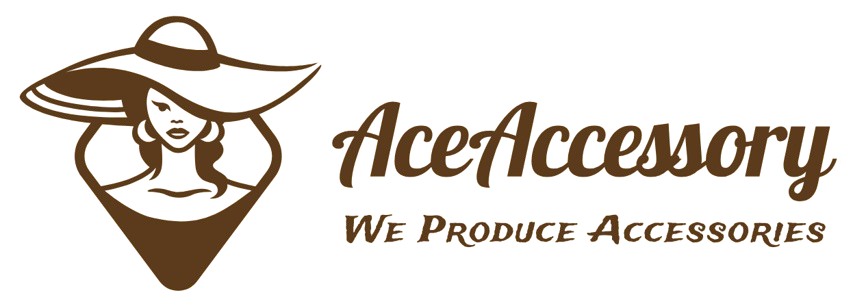As a professional manufacturer and exporter of accessories, we often get asked about our capabilities with unique materials. One question that frequently comes up is how we handle production for accessories using vintage fabrics. This is a great question because vintage fabrics require special care and expertise. At AceAccessory, we have developed a proven process to ensure that every piece made with vintage fabric meets our high standards for quality and style.
AceAccessory handles production for accessories with vintage fabrics through a specialized, multi-step process that includes meticulous fabric sourcing, careful design adaptation, precise quality control, and efficient logistics management. Our approach ensures that the unique characteristics of vintage materials are preserved while delivering durable, stylish, and commercially viable accessory products for our clients in North America and Europe.
Understanding how to work with vintage fabrics is crucial for brands looking to offer unique, sustainable products. Let's dive into the specifics of our process to see how we turn these timeless textiles into modern bestsellers.
What Are the Key Steps in Sourcing Vintage Fabrics for Accessory Production?
Sourcing the right vintage fabrics is the first and most critical step. We cannot just use any old material. The fabric must be strong enough for production and match our clients' design visions. Our process starts long before the fabric enters our factory.
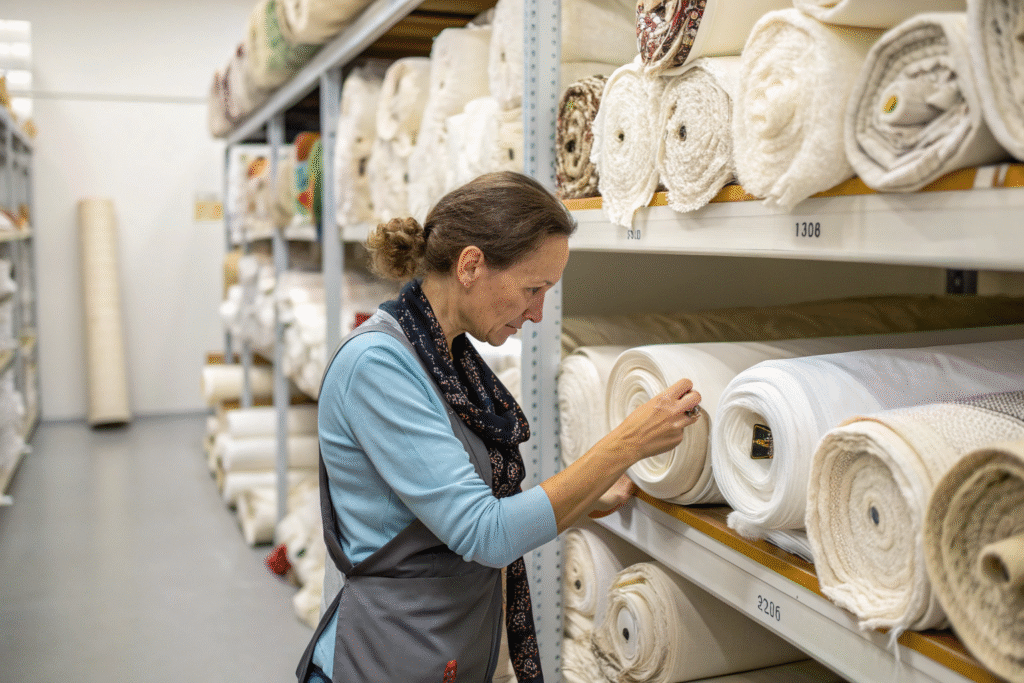
How Do You Ensure the Quality and Authenticity of Vintage Fabrics?
We begin by partnering with trusted suppliers who specialize in vintage textiles. These suppliers are often located in regions known for specific fabric histories. We verify the fabric's composition, origin, and condition. Our team conducts thorough checks for damage, such as tears, stains, or weakness from age. We use tools like magnifying glasses and strength testers. For example, when sourcing vintage silk for scarves, we check for color fading and fiber integrity. This careful inspection helps us avoid materials that won't last. We also request documentation, like certificates of authenticity, where possible. This ensures that the vintage fabrics we use are genuine and of high quality. Our rigorous sourcing process minimizes risks and sets a solid foundation for production.
What Challenges Arise in Sourcing Consistent Vintage Materials?
One major challenge is inconsistency. Unlike new fabrics, vintage materials often come in limited quantities and vary in color and pattern. This can make it hard to produce large, uniform batches. To manage this, we source from multiple suppliers to gather enough material. We also communicate clearly with our clients about these limitations. We suggest designs that work with smaller batches or embrace the unique, one-of-a-kind nature of vintage fabrics. For instance, for a line of hair bands, we might create mixed sets where each piece is slightly different. This turns a potential problem into a selling point. Our project managers coordinate closely with suppliers to secure inventory ahead of time, preventing delays. By planning for these challenges, we ensure a steady supply for production.
How Does AceAccessory Adapt Designs for Vintage Fabric Accessories?
Designing with vintage fabrics requires creativity and flexibility. These materials have their own stories and characteristics that must be respected. Our design team works to highlight the fabric's beauty while ensuring the final product is functional and marketable.
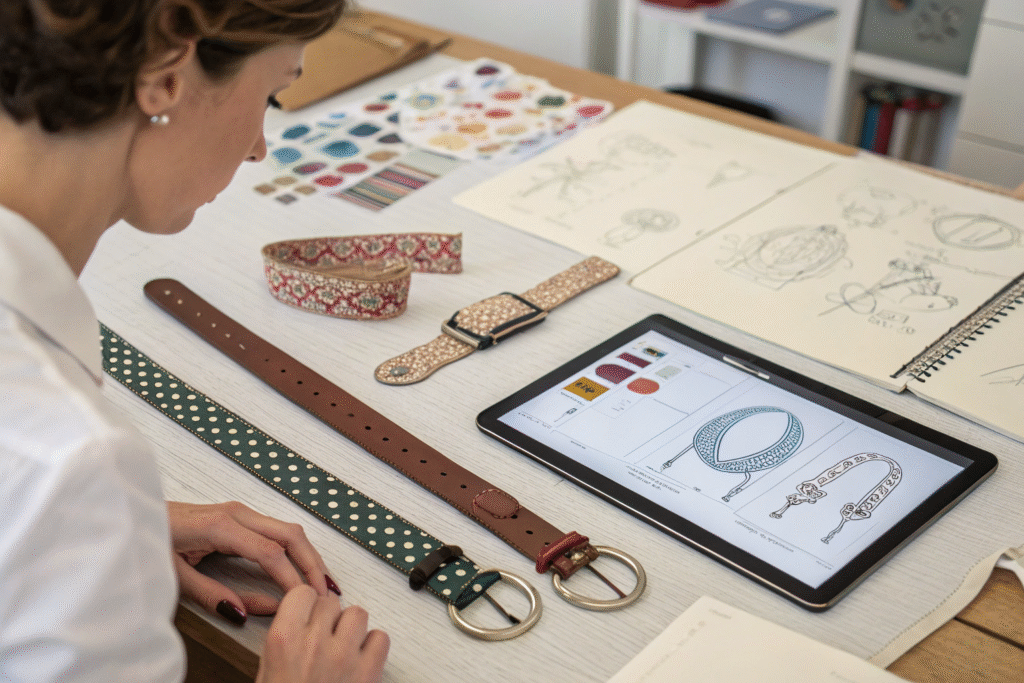
Why Is Design Flexibility Crucial When Using Vintage Fabrics?
Vintage fabrics often have pre-existing patterns, textures, and flaws that can't be changed. Our designers must be flexible to work with these features, not against them. We start by analyzing the fabric's pattern repeat and size. This helps us decide how to cut the material to minimize waste and maximize aesthetic appeal. For example, when making a baseball cap from vintage denim, we might position the logo to incorporate a unique fade or stitch mark. We use digital prototyping to visualize the final product before cutting. This allows for quick adjustments. Our clients appreciate this approach because it results in unique accessories that stand out in the market. By being adaptable, we turn the limitations of vintage fabrics into design advantages.
How Do You Balance Vintage Aesthetics with Modern Trends?
Our design team stays updated on current fashion trends while respecting the vintage vibe. We blend old and new to create products that appeal to today's consumers. For instance, we might use a vintage floral print on a modern bucket hat shape. We also consider functionality. A vintage fabric might be beautiful, but we need to ensure it's suitable for the product. For a scarf, we might add a modern lining for extra warmth and durability. We present these ideas to our clients through detailed tech packs and samples. This collaborative process ensures the final design is both stylish and practical. Our ability to merge vintage aesthetics with contemporary demands is a key strength that attracts brands looking for distinctive accessories.
What Quality Control Measures Are in Place for Vintage Fabric Products?
Quality control is even more important with vintage fabrics due to their age and potential vulnerabilities. We have a dedicated QC team that performs checks at multiple stages to guarantee every item meets our standards.
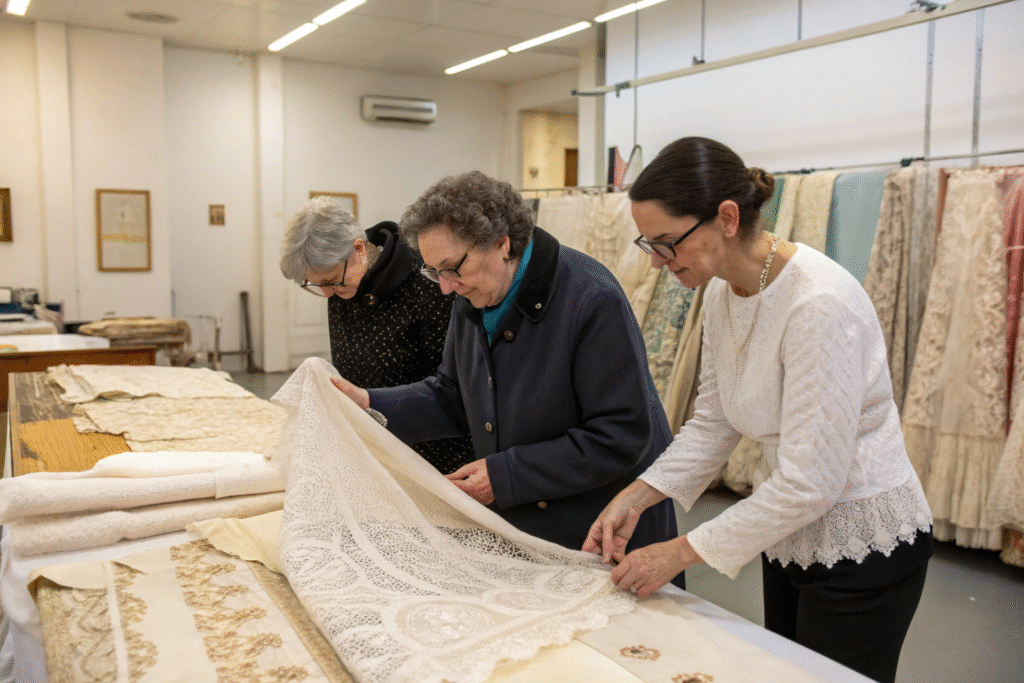
What Specific Tests Are Conducted on Vintage Fabric Accessories?
Our quality control process includes both visual inspections and physical tests. For vintage fabrics, we pay extra attention to colorfastness and strength. We test a sample from each batch to see how it holds up to washing, rubbing, and light exposure. This is crucial for products like hair bands and scarves that undergo regular use. We also check stitching and seams to ensure they are strong enough for the sometimes more delicate vintage material. For example, on a vintage fabric belt, we reinforce stress points to prevent tearing. Our QC team uses a detailed checklist tailored to vintage materials. Any item that doesn't pass is rejected. This rigorous testing gives our clients confidence that their products are durable and high-quality.
How Do You Manage Defects Unique to Vintage Materials?
Defects like slight discoloration, minor holes, or uneven weaving are common in vintage fabrics. Instead of discarding these materials, we have strategies to manage them. First, we sort fabrics by quality grade. The best pieces are used for prominent parts of the accessory, like the front of a hair clip. Pieces with minor flaws might be used in less visible areas or incorporated into the design creatively. For instance, a small imperfection in a vintage linen could be covered with embroidery on a hat. We document and communicate any consistent issues to our clients upfront. This transparency helps manage expectations and builds trust. Our goal is to minimize waste while maintaining high quality, ensuring that even fabrics with character flaws are used effectively.
How Does AceAccessory Handle Logistics and Tariffs for Vintage Fabric Orders?
Efficient logistics and smart tariff management are essential for getting vintage fabric accessories to our clients on time and at a good cost. Our experienced project managers handle everything from shipping to customs.
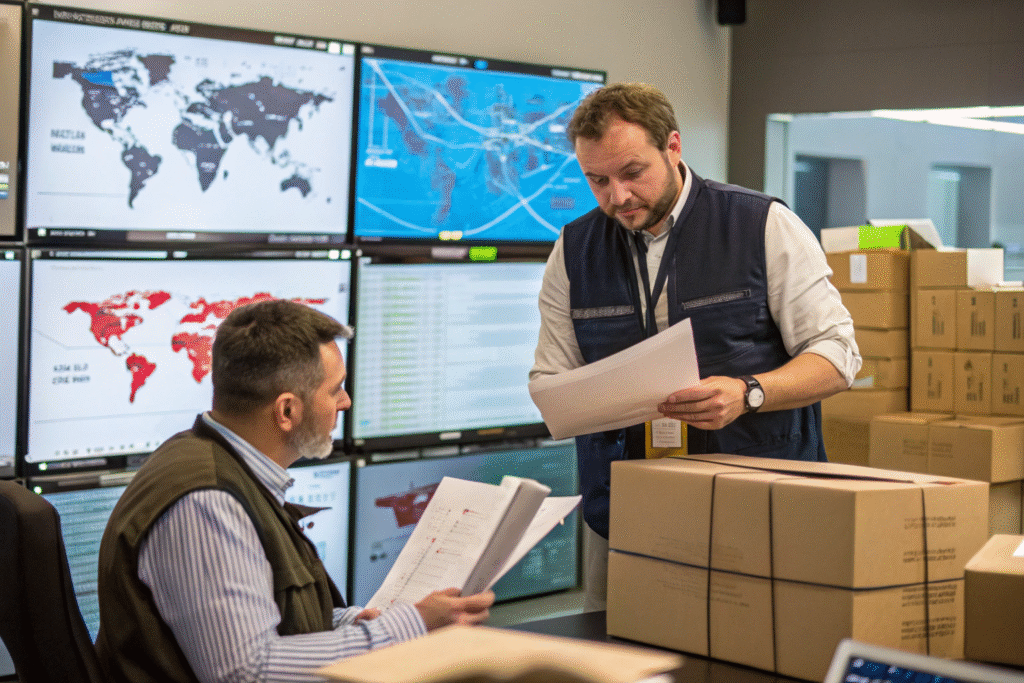
What Logistics Solutions Ensure Timely Delivery of Vintage Goods?
We work with reliable freight forwarders who have experience shipping delicate and high-value items. For vintage fabric accessories, we often recommend air freight for smaller batches to speed up delivery. For larger orders, we plan sea freight well in advance, considering sailing schedules. Our project managers track every shipment and provide regular updates to clients. We also handle all packaging carefully to protect the vintage items during transit. For example, we use acid-free tissue paper for scarves to prevent damage. We understand that timeliness is critical for our clients' inventory planning, so we prioritize efficient logistics to meet deadlines. This reliability is a key reason why major supermarkets and brands trust us with their orders.
How Do You Minimize Tariff Impacts for US-Bound Vintage Accessories?
US tariffs can be a concern, but our factory's location and expertise help mitigate these costs. Since our products are manufactured in China, we ensure proper classification and documentation for customs. We provide all necessary certificates, such as the country of origin, to facilitate smooth clearance. For vintage fabrics, we accurately declare the material composition and value. Our logistics partners are skilled in navigating customs regulations, reducing the risk of delays or extra charges. We also advise clients on any applicable tariff exemptions or reductions for certain accessory types. By managing these details professionally, we help keep overall costs competitive. Our clients appreciate that we handle the complexities, allowing them to focus on selling their unique vintage-style products.
Conclusion
In summary, AceAccessory has a comprehensive and tailored approach to producing accessories with vintage fabrics. From careful sourcing and adaptive design to rigorous quality control and efficient logistics, every step is managed with expertise. Our process ensures that the unique charm of vintage materials is preserved while delivering products that are durable, stylish, and ready for the market. We understand the challenges and opportunities that come with these special fabrics, and we are equipped to handle them professionally.
If you are looking for a reliable partner to produce your own line of vintage fabric accessories, we would be happy to help. Contact our Business Director Elaine today to discuss your project needs at elaine@fumaoclothing.com.

